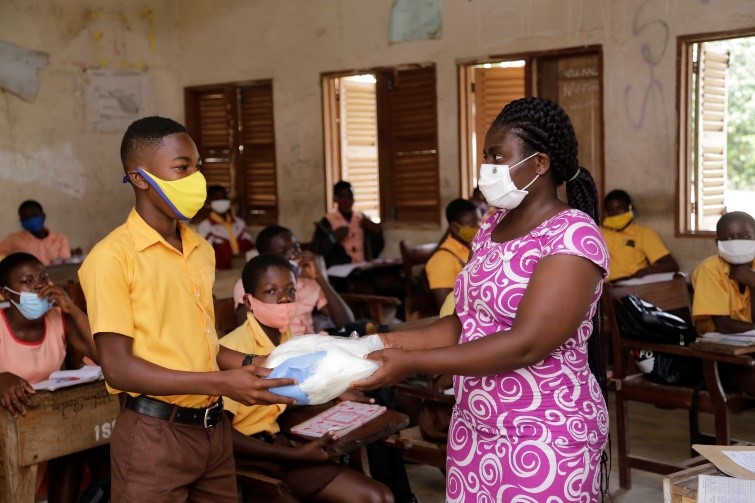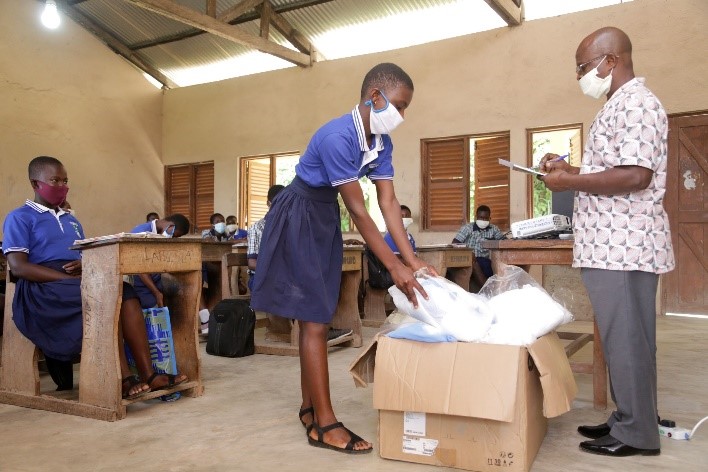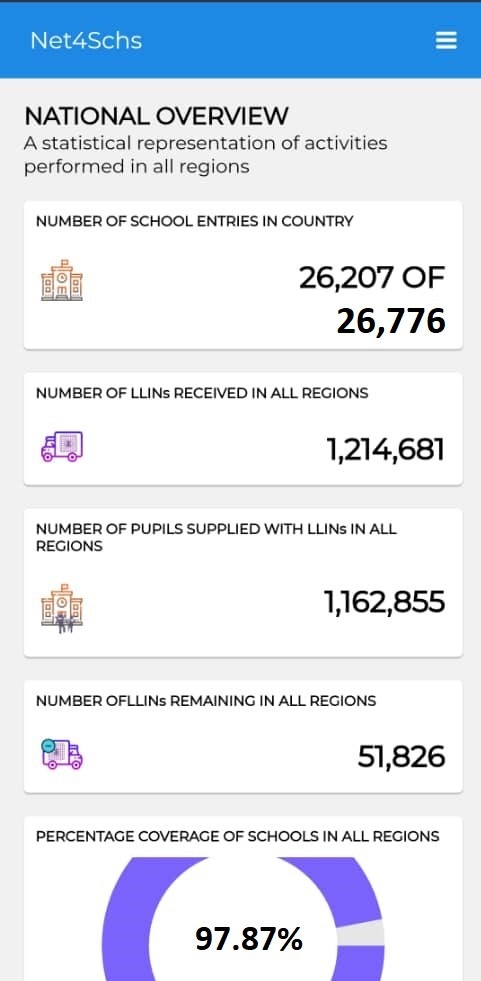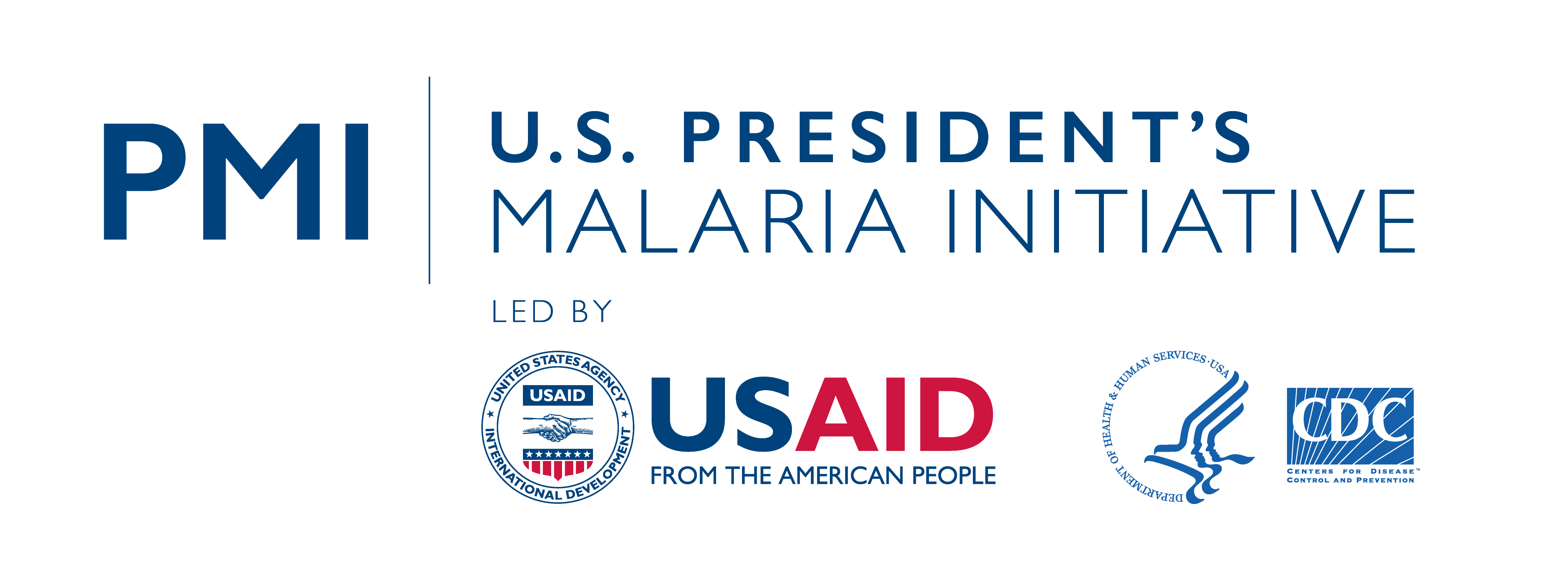Mobile Technology Improves School-Based Distribution of Insecticide-Treated Nets
Since 2012 Ghana has distributed insecticide-treated nets (ITNs) to primary school students as part of larger efforts to achieve universal coverage of ITNs and to sustain gains made in the reduction of malaria transmission. Ghana conducts mass ITN distribution campaigns every three years, while school-based distribution (SBD) occurs annually between mass distribution campaign years. Previously, data collection and monitoring of ITN distribution have been done manually using paper forms, which are prone to data quality challenges and delays in submission reports from schools to districts and to the national level.

To address these challenges, the U.S. President’s Malaria Initiative (PMI) VectorLink Project in Ghana supported the National Malaria Control Program (NMCP) to develop a mobile technology application, Net4Schs App, for recording and reporting data during the 2020 SBD. The USAID-funded Global Health Supply Chain – Procurement and Supply Management Project (GHSC-PSM) project, and the Schools Health Education Program of the Ghana Education Service also supported this initiative.
The Net4Schs App improves data quality, eliminates delays in data capture and enhances accuracy as data can be synchronized daily and retrieved from the application platform housed by NMCP. The mobile application reduces reporting errors, improves data transfer and reduces the turn-around time for data entry, analysis and reporting.
To assess its field practicality and address any challenges before a full deployment for the 2020 SBD, a small-scale field assessment was carried out in March 2020 in two districts: Cape Coast (CC) Metro and Twifo Hemang Lower Denkyira (THLD) in the Central Region. The Net4Schls App showed a total of 13,479 ITNs distributed to students in class 2 and 6 among 267 primary schools across the two districts. Eighty percent of reported data were entered by circuit supervisors within one week of distribution with minimal data entry errors. Previously, the same data could take a month to be collected, processed with many data errors arising from the circuit, district, and regional levels.

The application allows for offline data entry when there is no internet access and synchronizes the data when the application is subsequently connected to the internet. Such near real-time data entry, reporting, and monitoring allows NMCP and partners to identify lagging districts and address any challenges in an expedited manner.
More than 1.2 million ITNs were planned for distribution to students in 26,776 schools across the country in May 2020. Due to COVID-19 movement restrictions schools were closed and the distribution was delayed until November 2020 when schools were partially reopened. Students from primary 2 and 6 levels were kept at home, thus the NMCP and partners had to recalibrate the distribution approach. They prioritized primary 6 students, who had the last chance to obtain the nets through SBD before moving to the next school level, and junior high school 2 students, who resumed in-person classes. At the time of reporting, distribution has been completed to 26,207 schools out of 26,776 schools targeted. Ninety-eight percent of targeted students received ITNs and the Net4Schls App provided quick data updates to monitor the progress.


